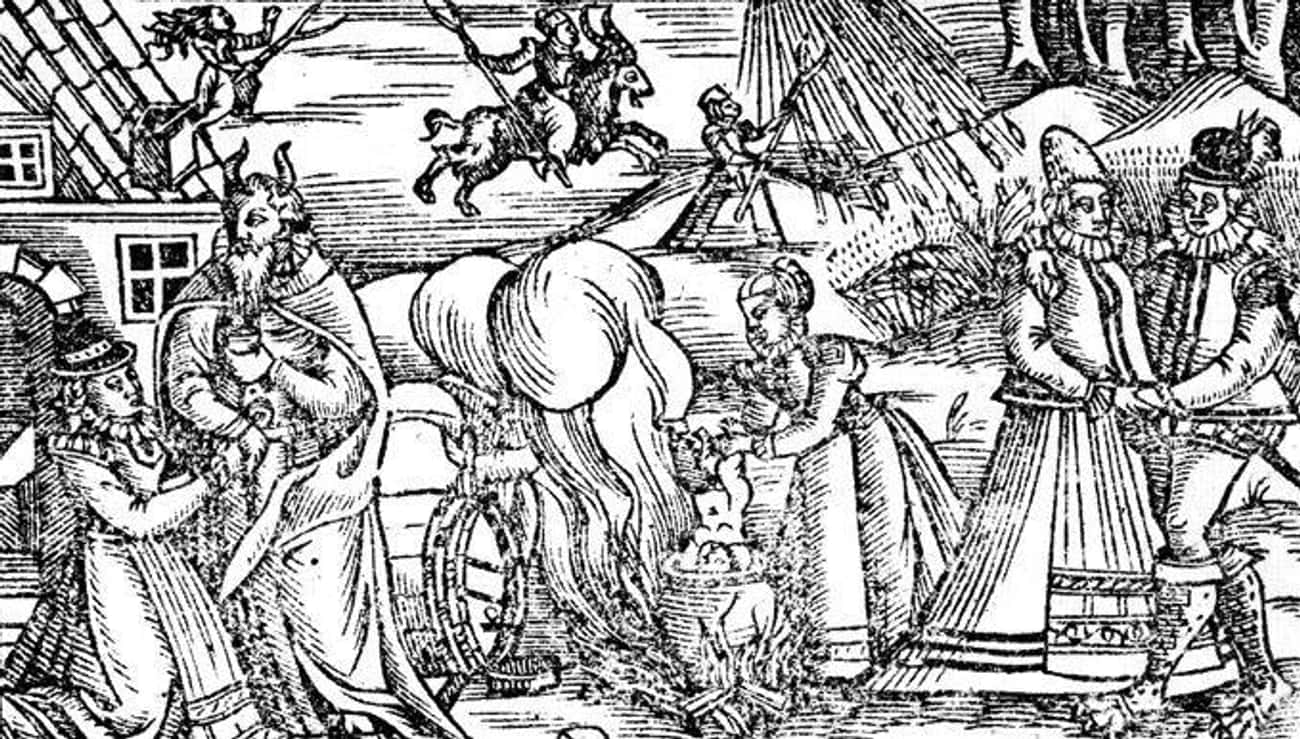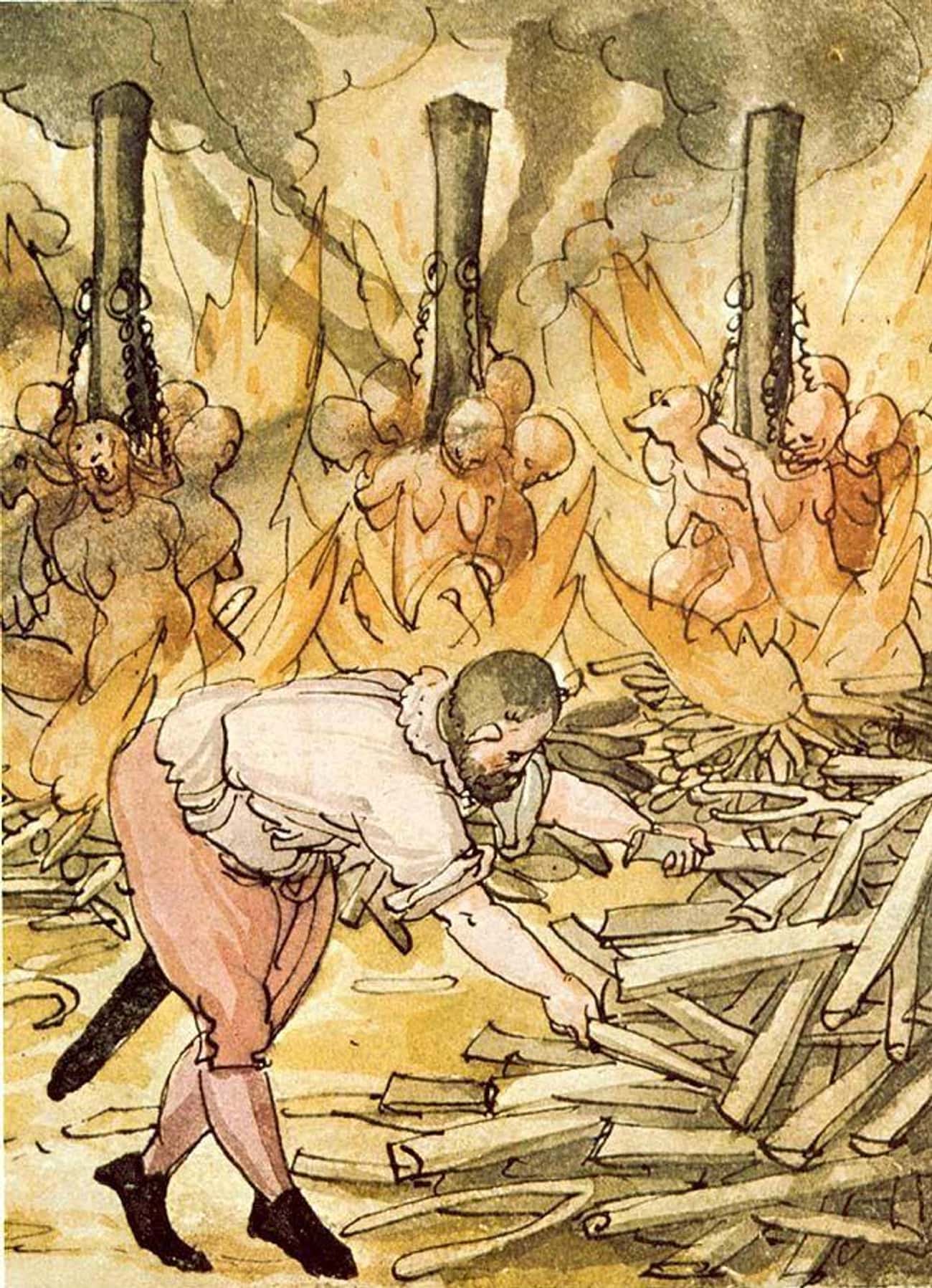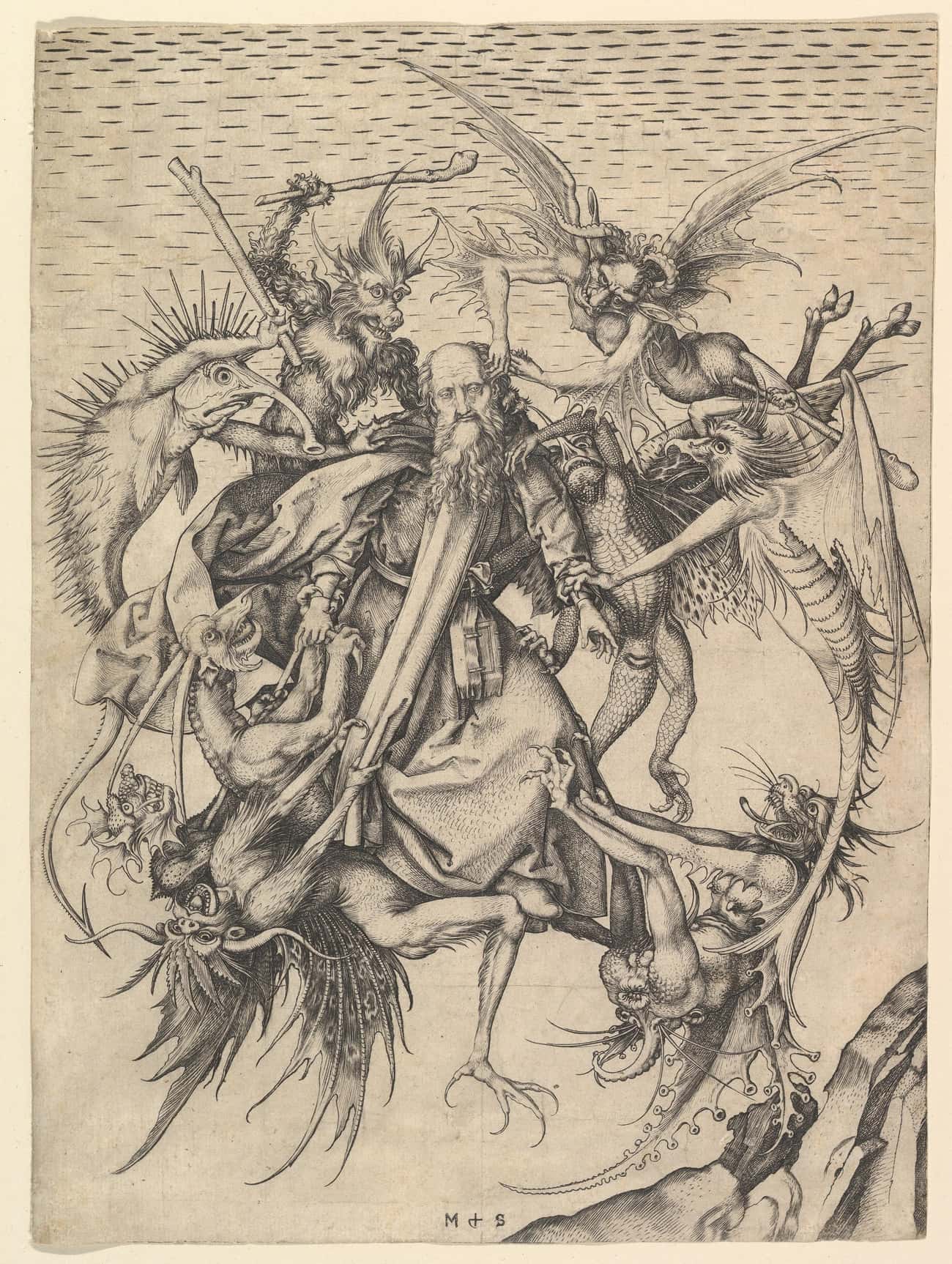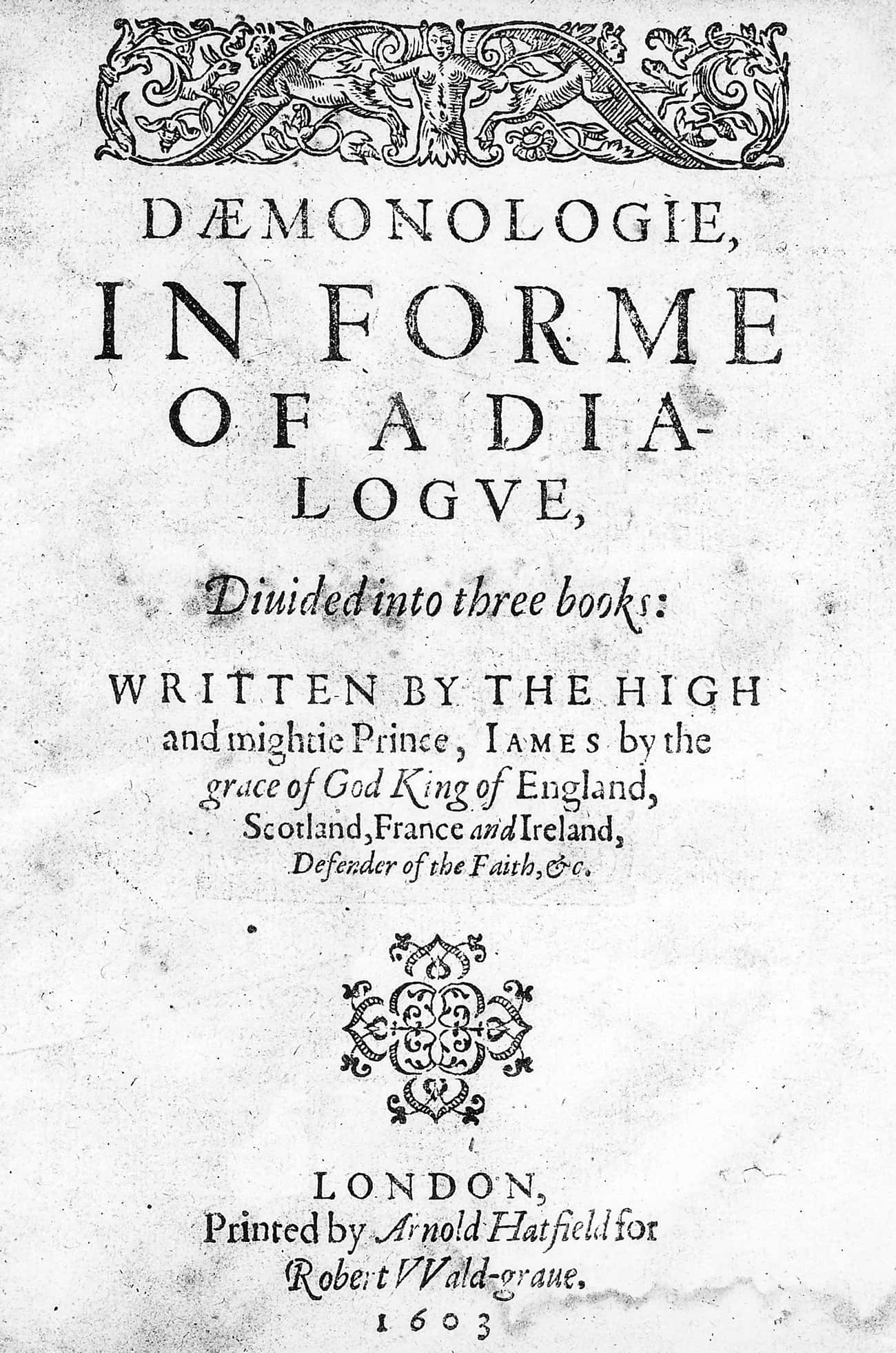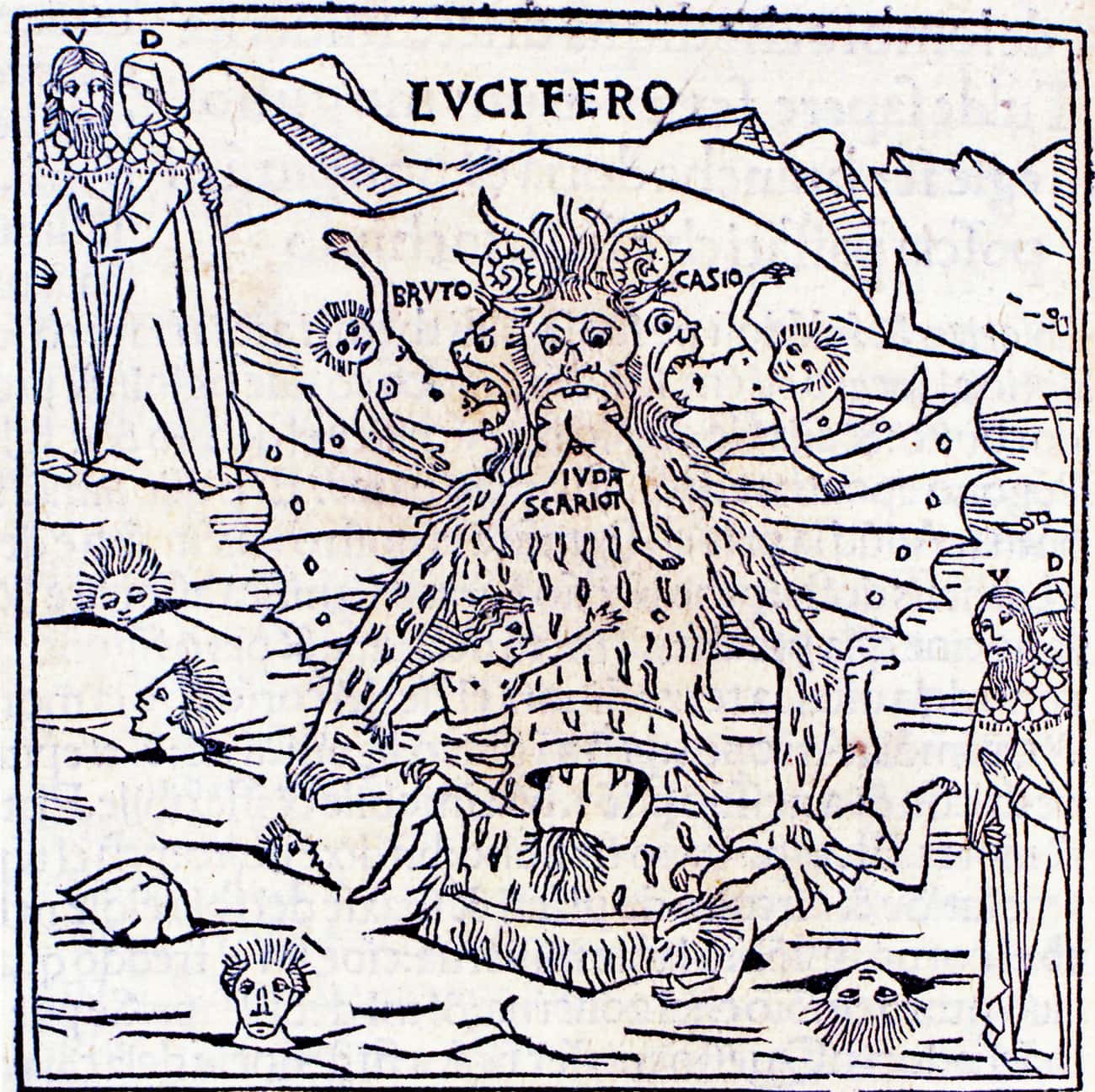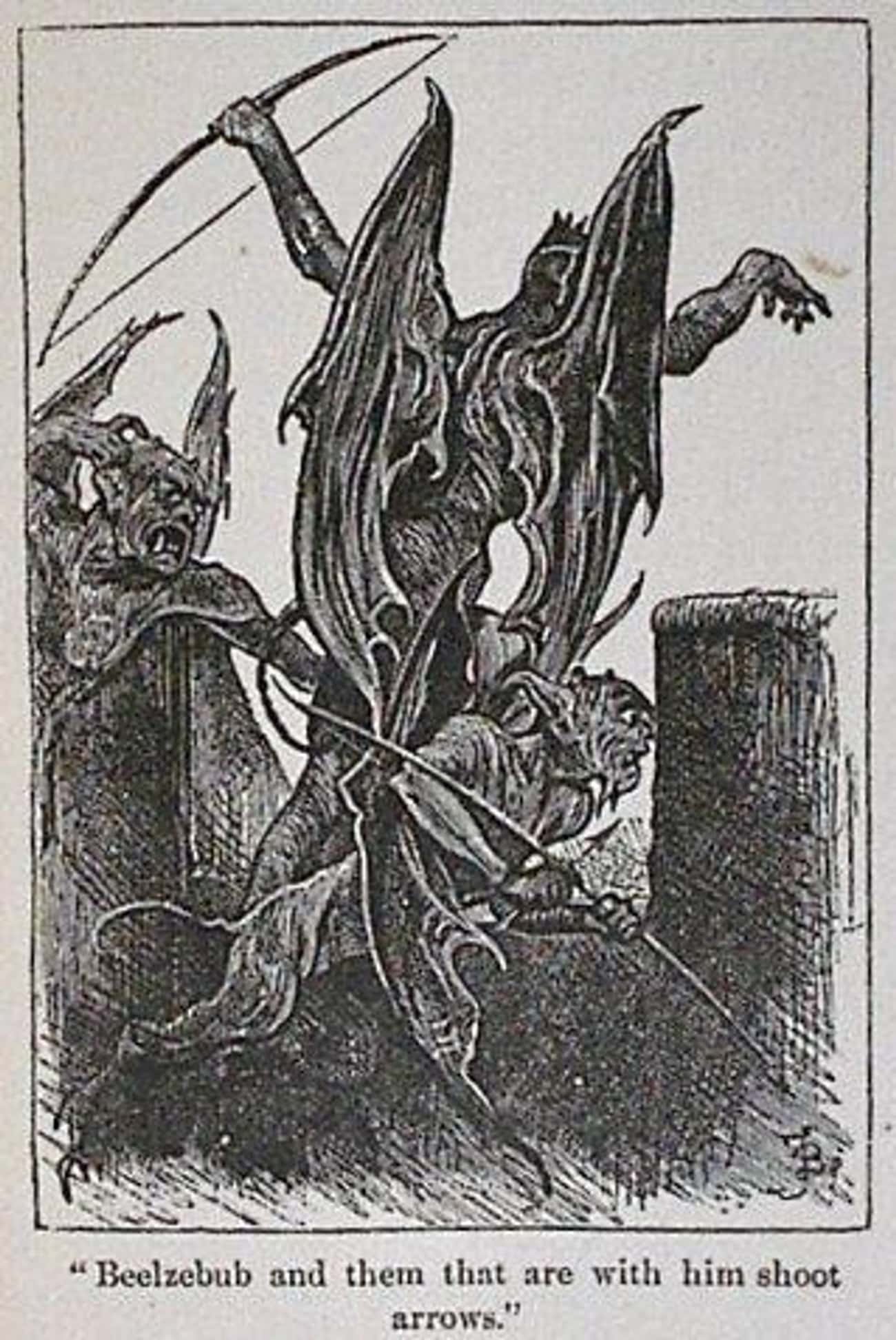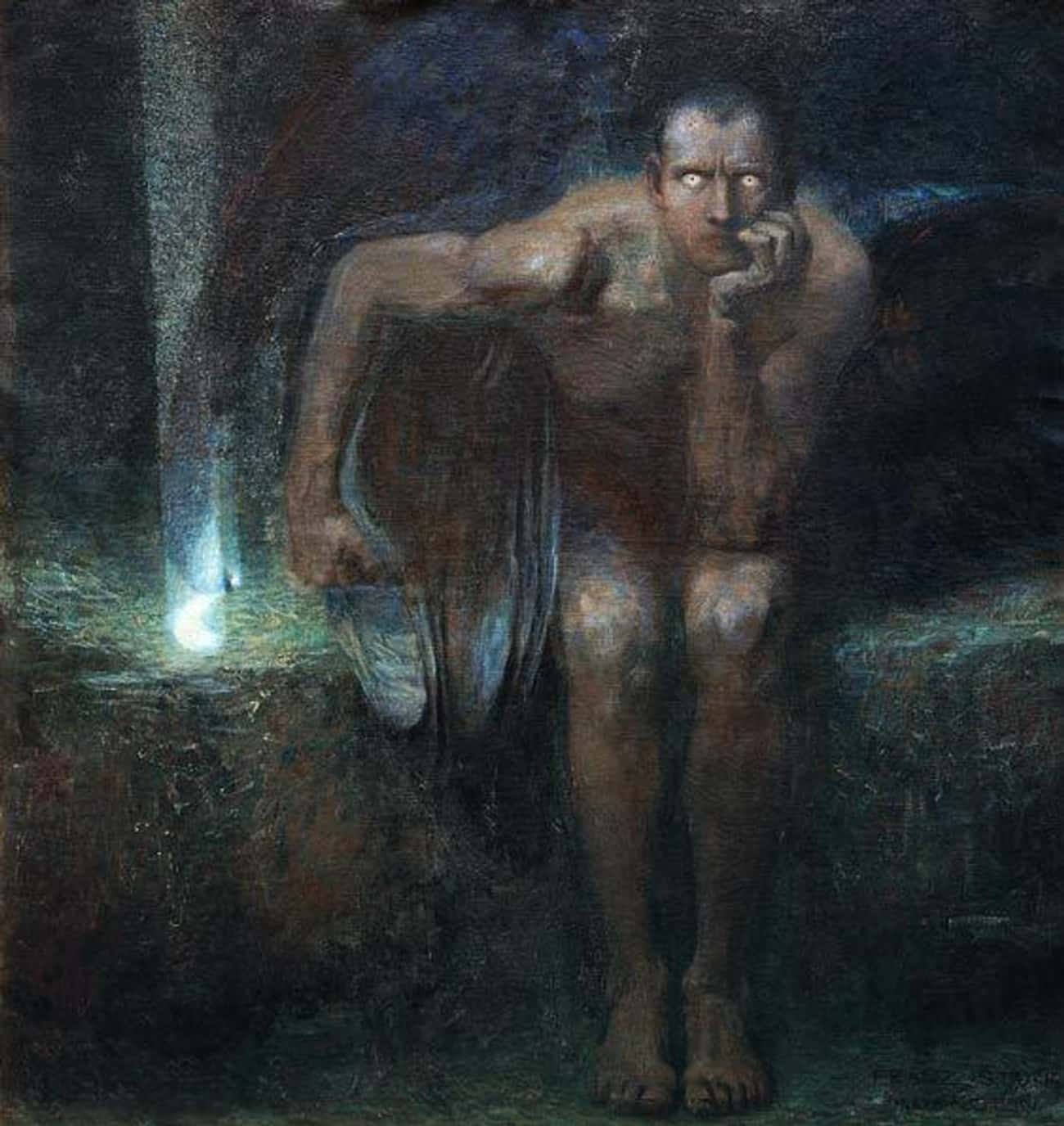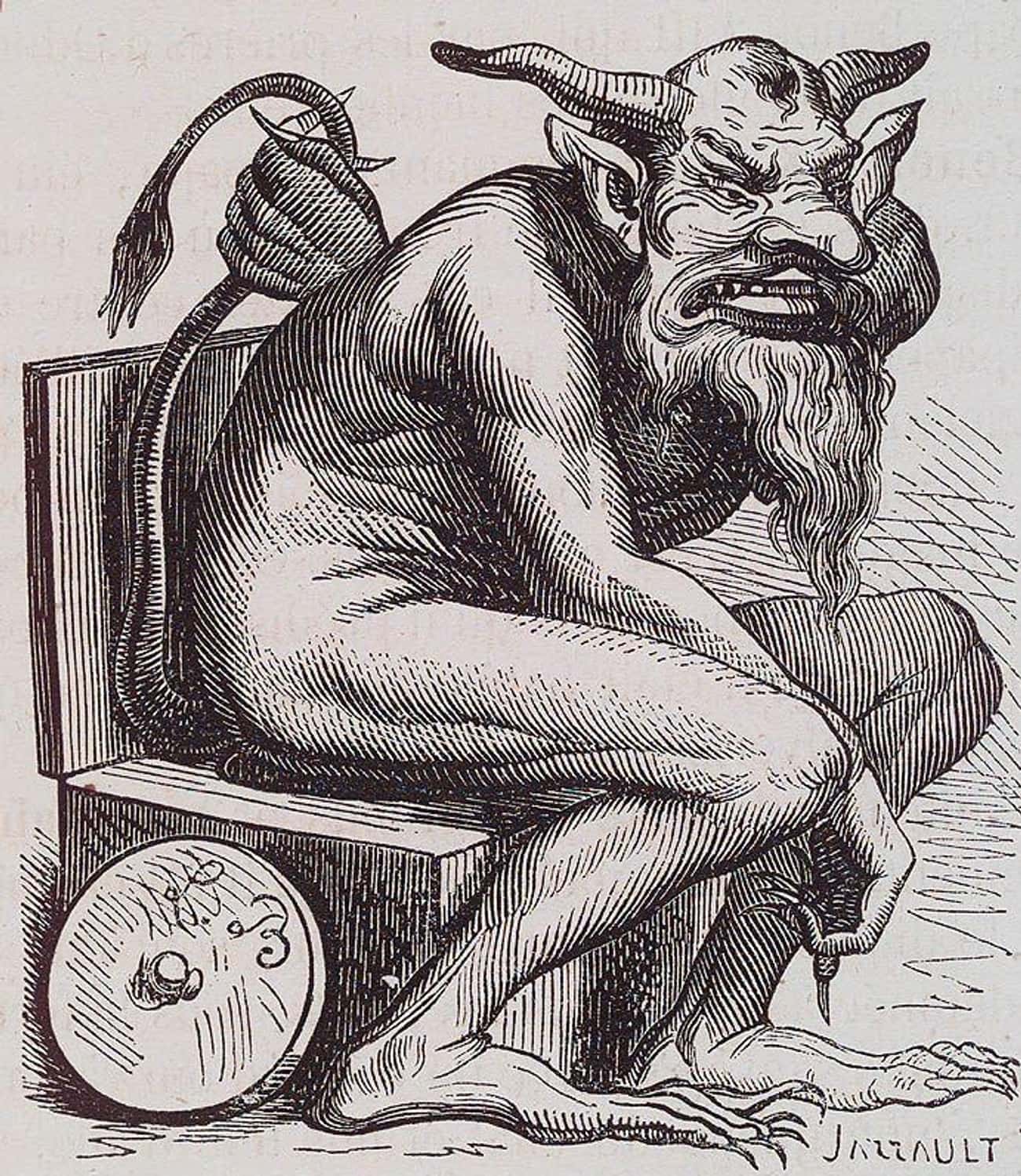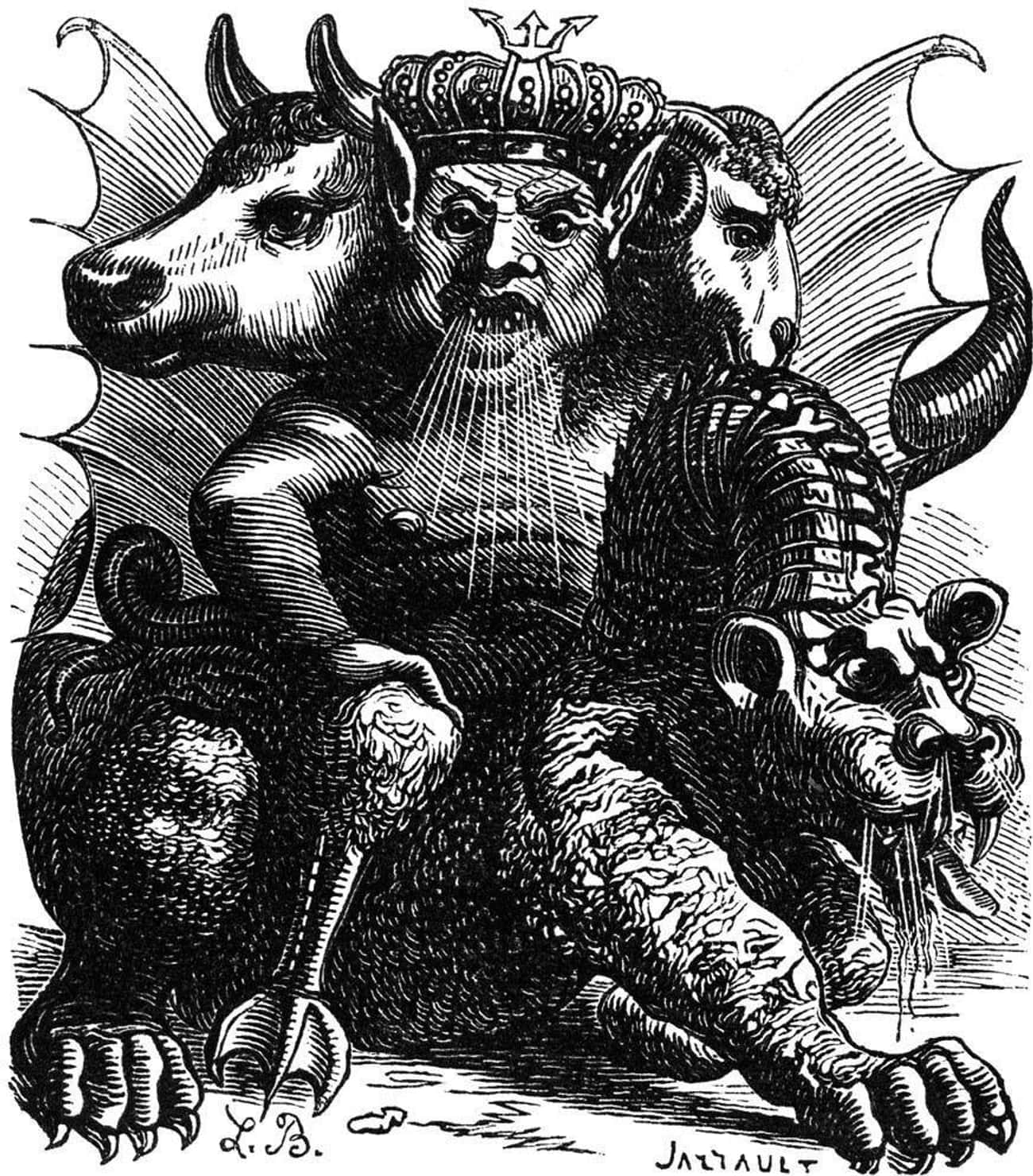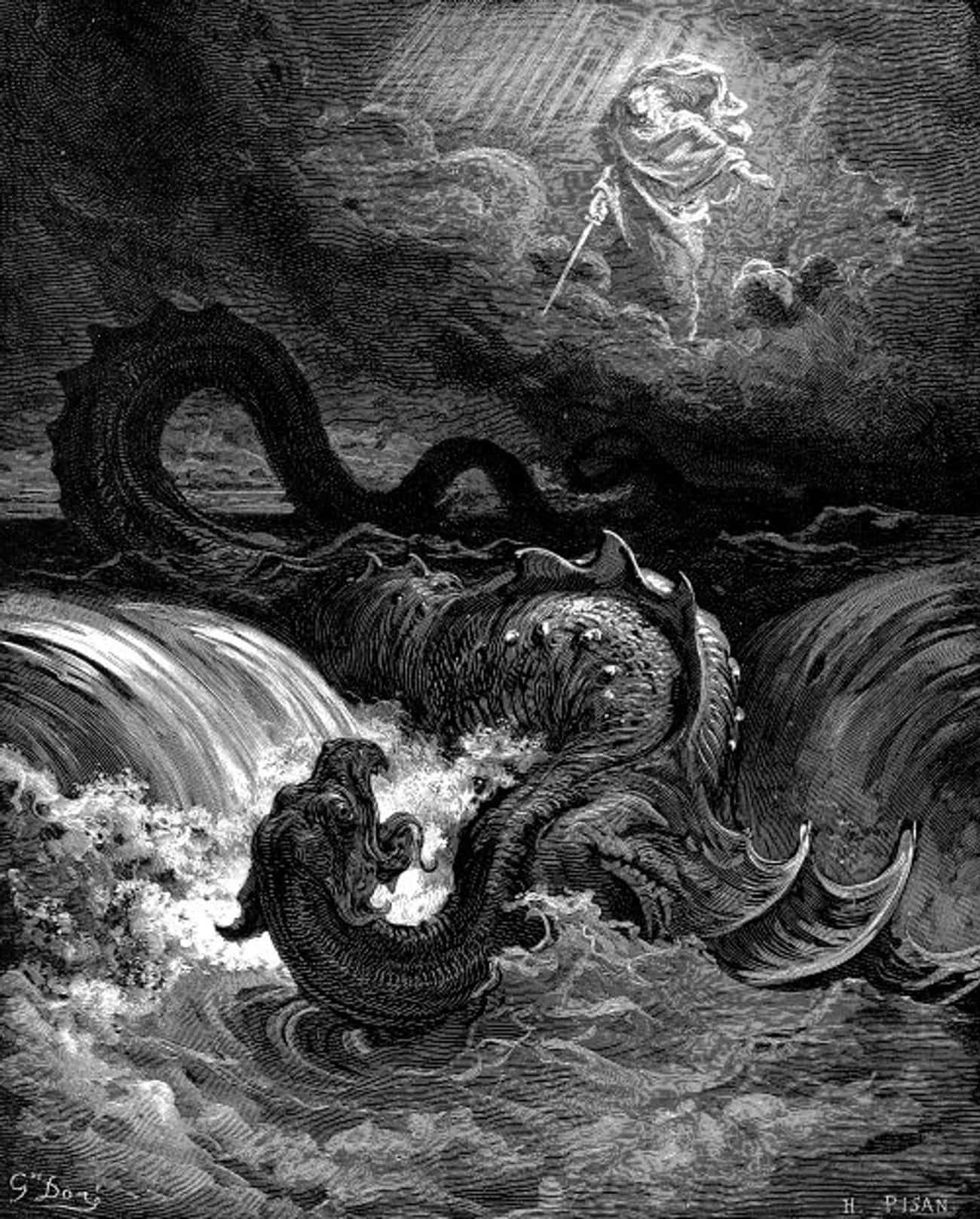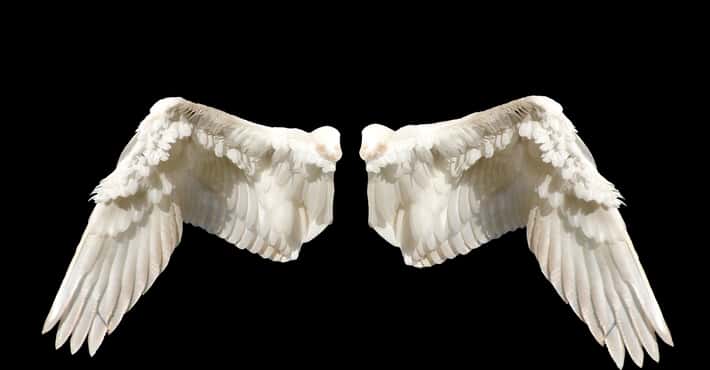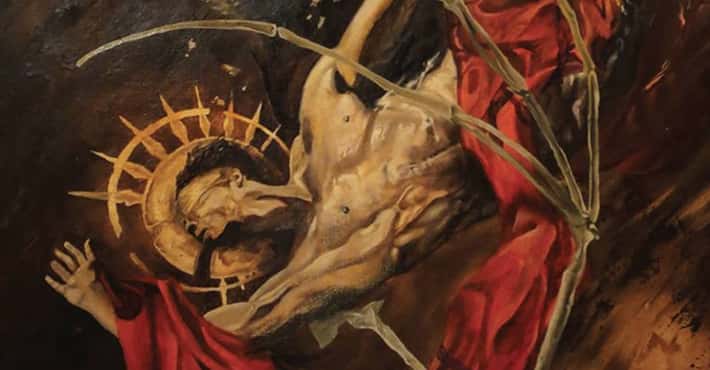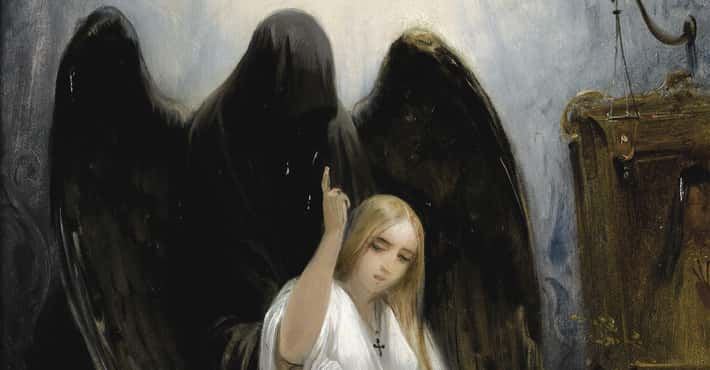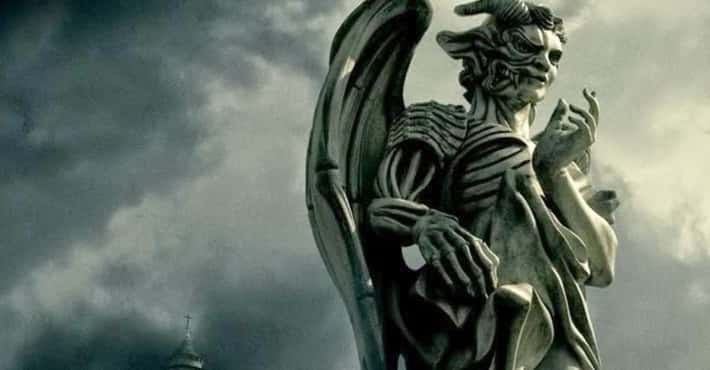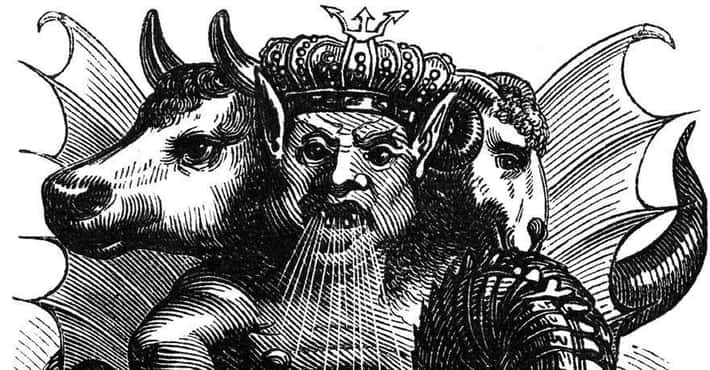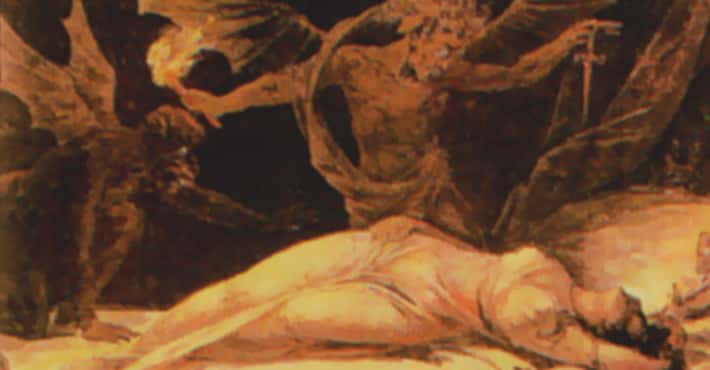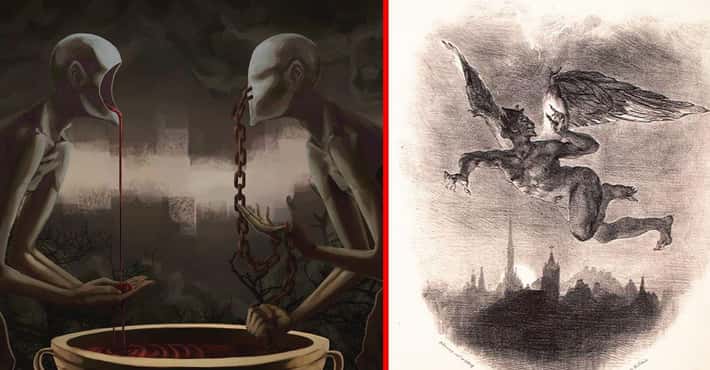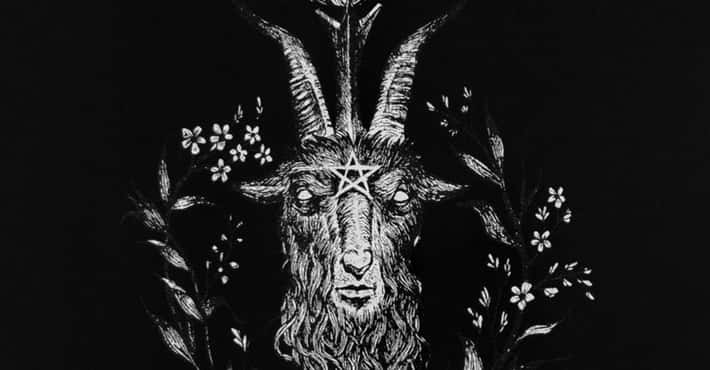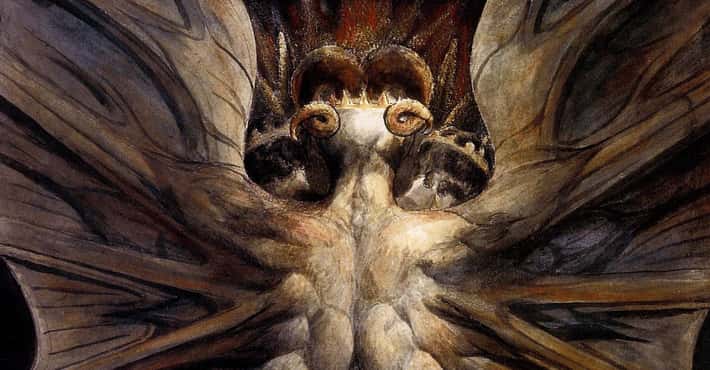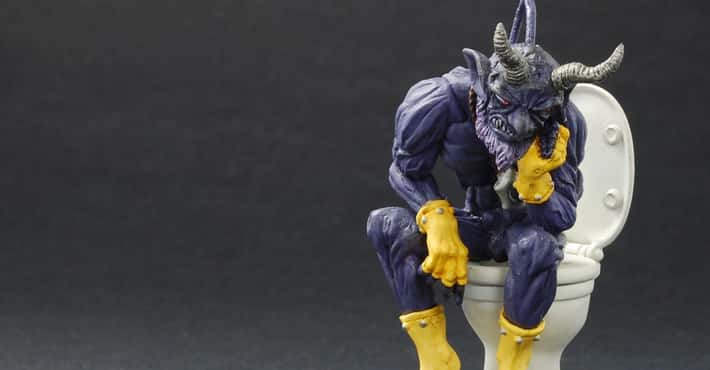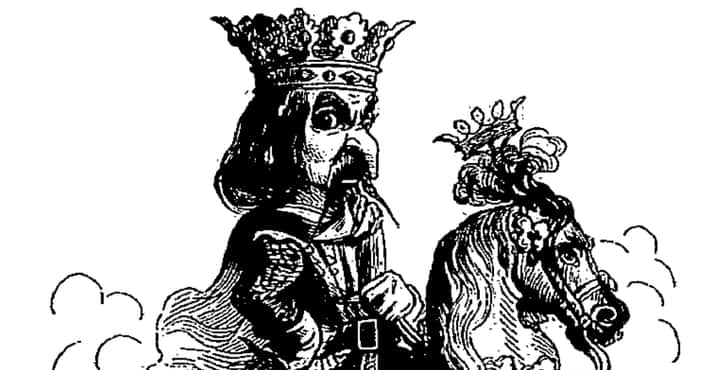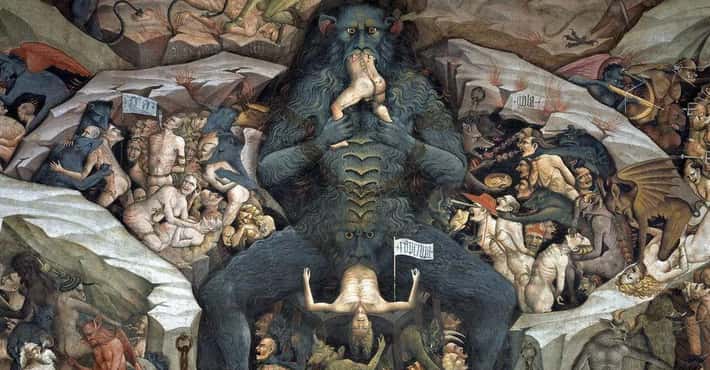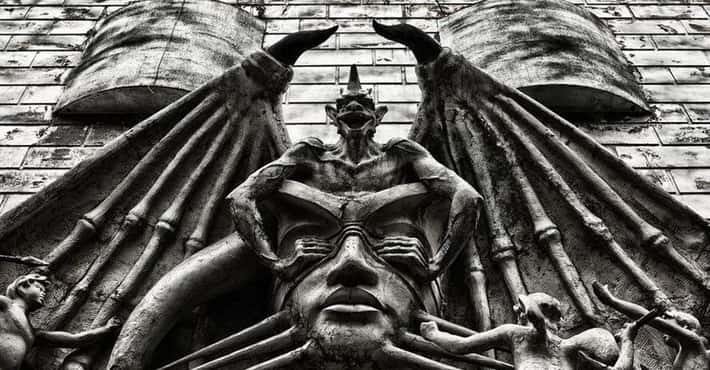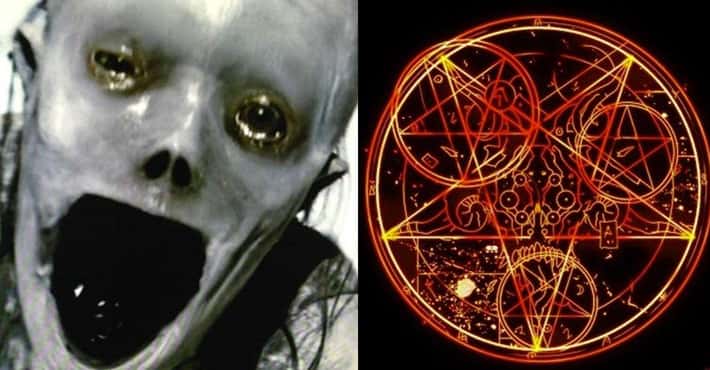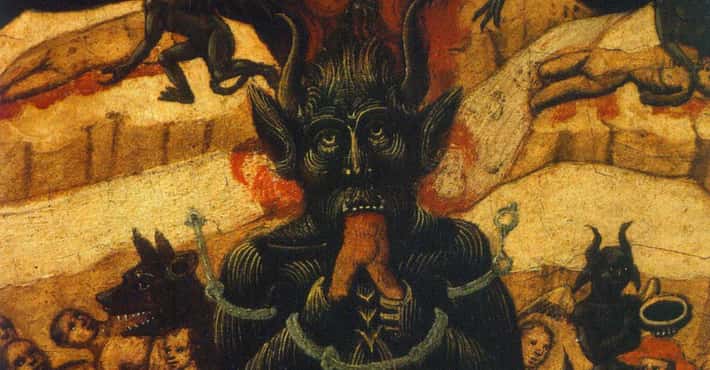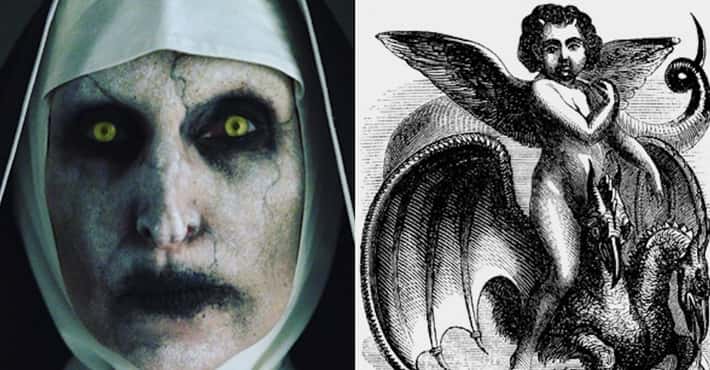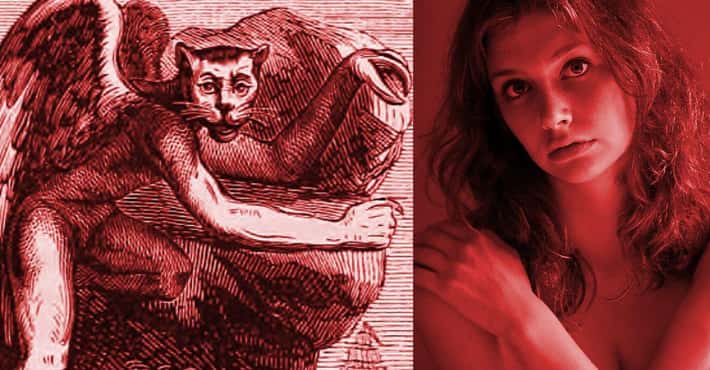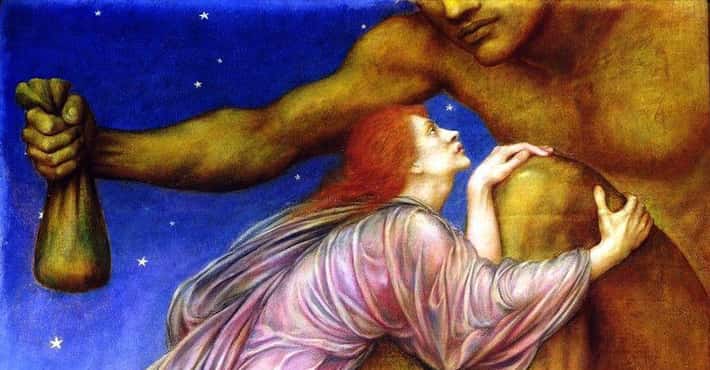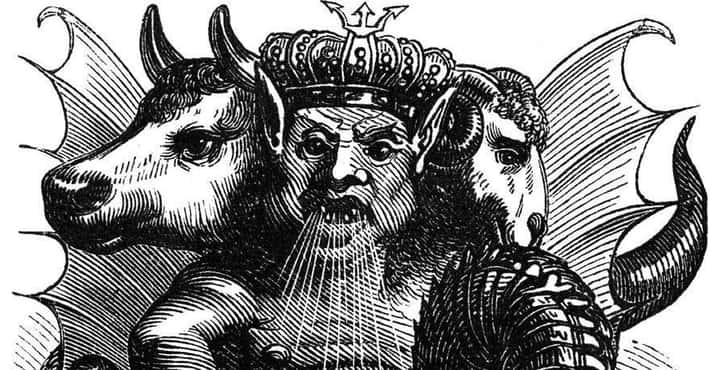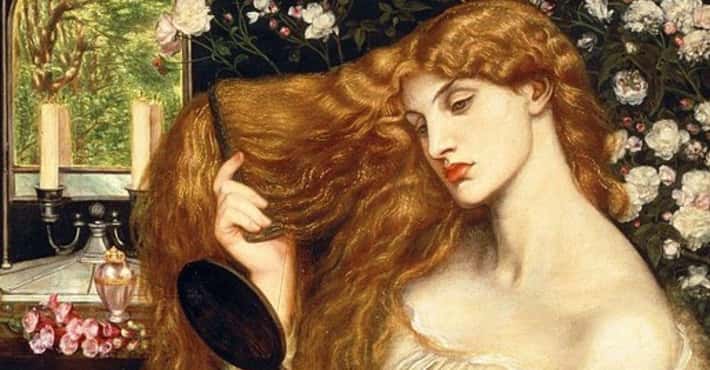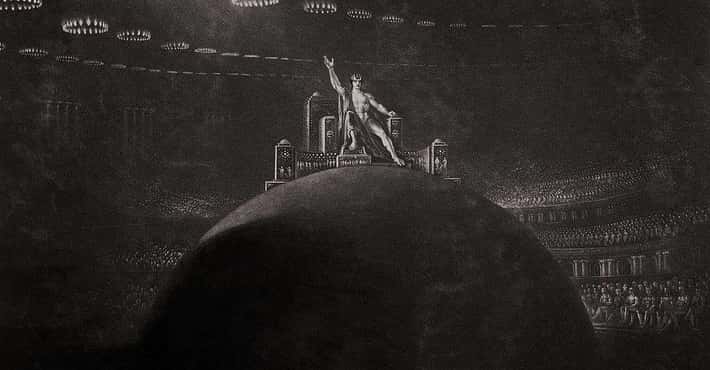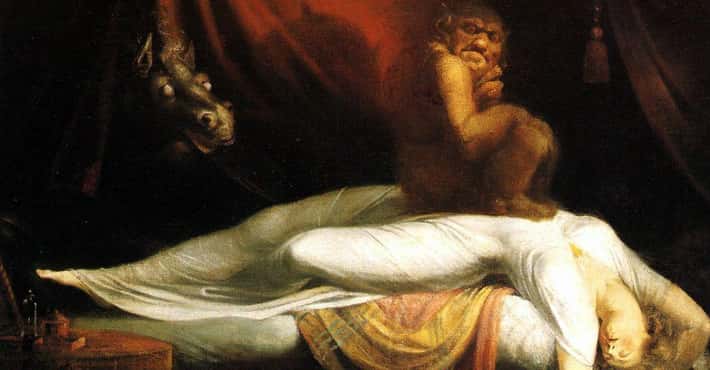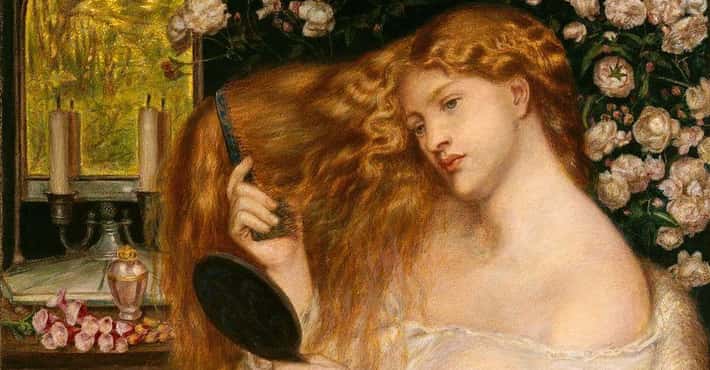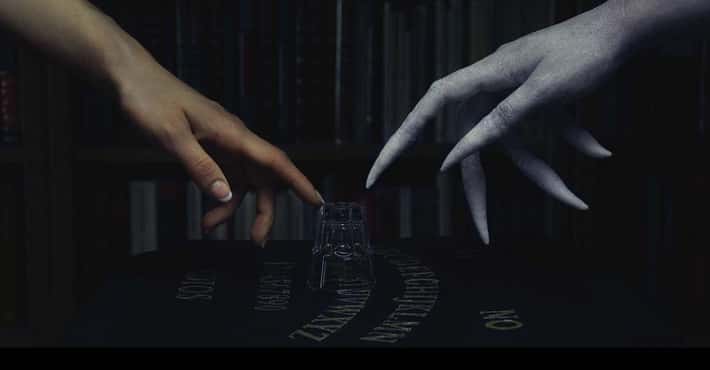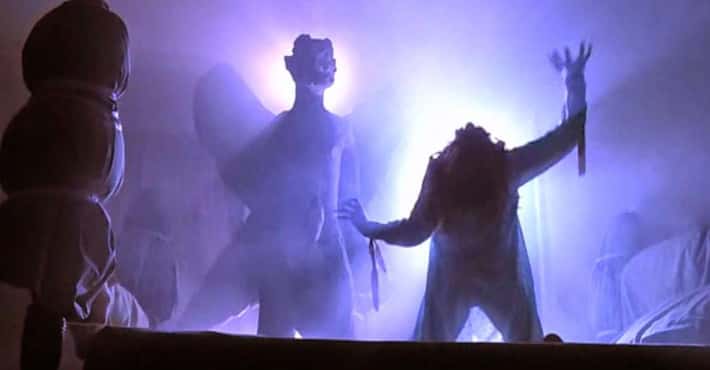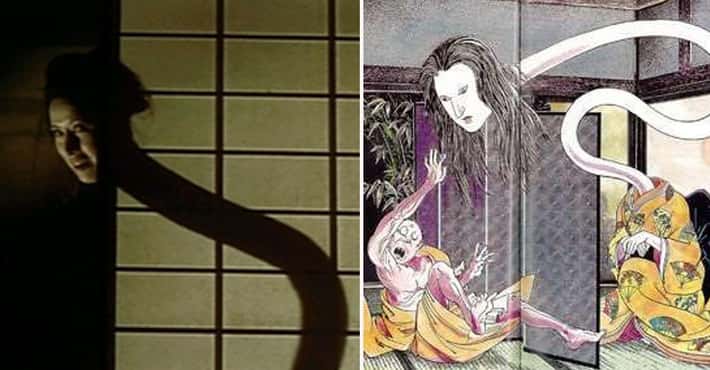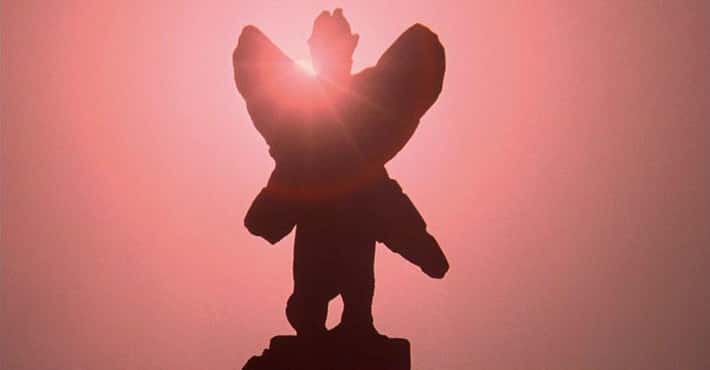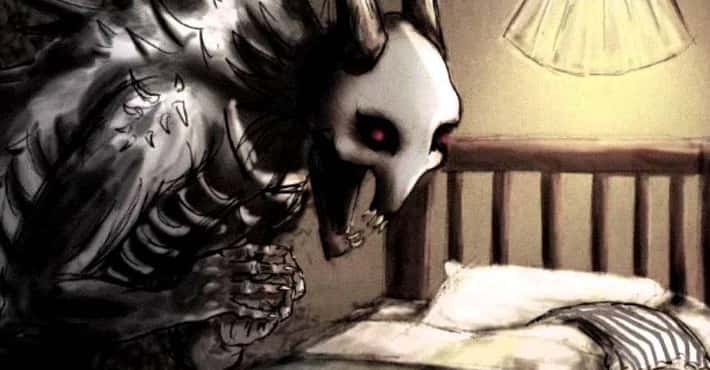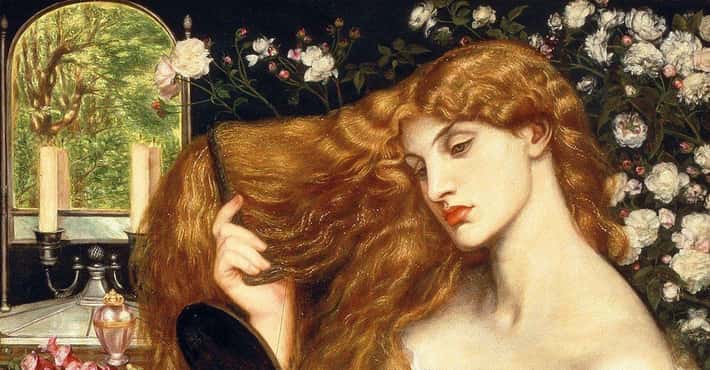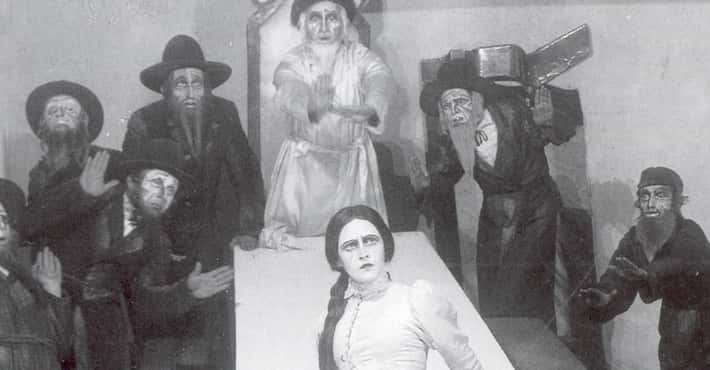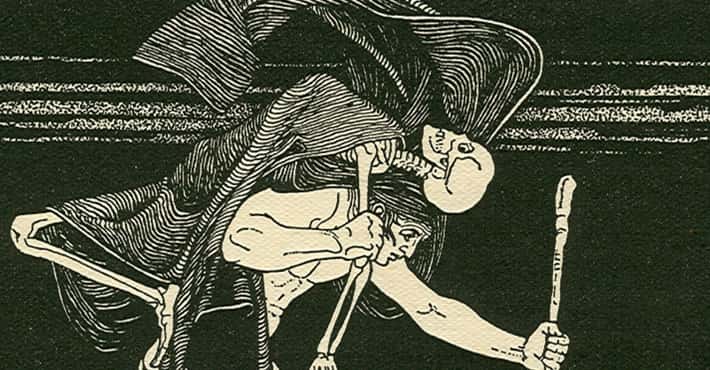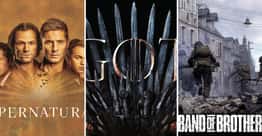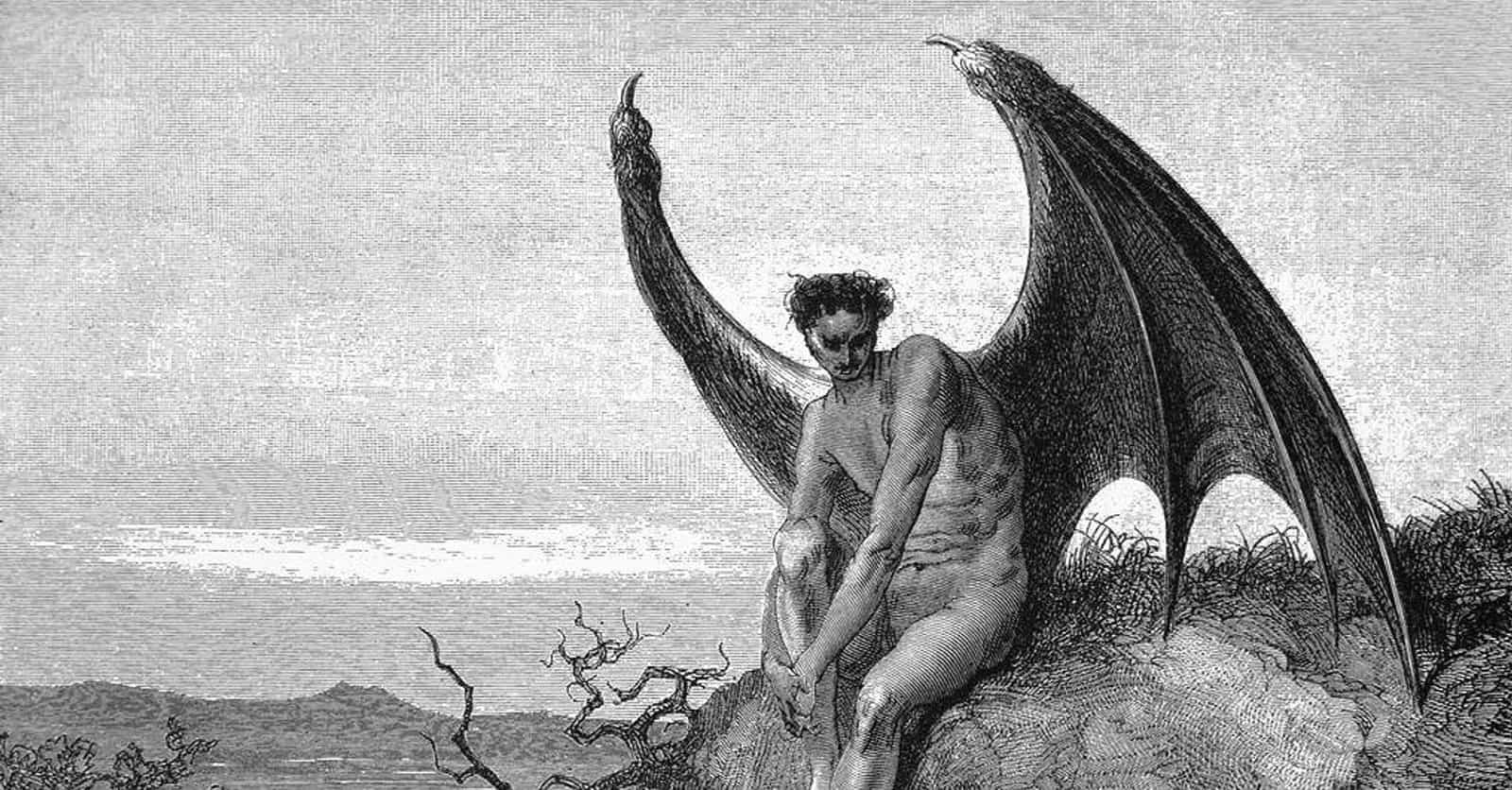
This Infamous Witch Hunter First Classified The 'Seven Princes Of Hell'
Peter Binsfeld Was A Torture-Loving Witch Hunter With A Flair For Writing
Photo: Peter Binsfeld / Wikimedia Commons / Public DomainPeter Binsfeld was an important figure of his time. He was considered gifted in his community, and was sent to Rome to complete his education. By the time he returned to Germany he had become a staunch Catholic with extremely anti-Protestant views, and he had also become a witch hunter.
When not torturing and investigating suspected witches - which took up a not-insignificant portion of his time - Binsfeld was responsible for crafting multiple important texts of the witch-hunting era. He composed De confessionibus maleficorum et sagarum, translated as On the Confessions of Warlocks and Witches, which detailed his thoughts on the use of torture to obtain confessions of witchcraft, as well as his classification of demons, a reinterpretation of demonic hierarchies in Hell shaped by the seven deadly sins.
Despite His Love Of Torture, Binsfeld Was Considered Moderate
Photo: Jacob Truchsess von der Scheer zu Waldsee / Wikimedia Commons / Public DomainDespite Binsfeld's merciless attitudes toward the use of torture to discover witches - he was firmly pro-torture - he was actually something of a moderate. Though he, like some others of his time, did believe that the Devil could create illusions and other forms of deception to get people to do his bidding, he also thought that people had to consent to those visions, making them guilty.
Binsfeld's moderate stance was that girls under 12 and boys under 14 shouldn't be held guilty for practicing witchcraft in most cases, only in some; others of his time were content to burn toddlers at the stake for presumed witchcraft. He was also rare in his time for believing that people were not capable of using witchcraft to shapeshift, and that anybody who saw such a thing occur was more likely to be experiencing the Devil's deception. Likewise, he didn't believe in witch's marks - that is, birthmarks, scars, or other disfigurements that were said to make a person as a witch.
Binsfeld Believed Every Person Had A Personal Demon
Photo: Martin Schöngauer / Wikimedia Commons / Public DomainAmong his beliefs about witch children and witch marks, Binsfeld also had the unusual belief that each person had a personal demon. Unlike the more general demons of Hell, a person's personal demon knew them and their habits intimately, making them a more efficient means of seducing people into their evil ways. A personal demon existed in opposition to each person's Guardian Angel, who could lead a person to righteousness.
His beliefs about the push and pull of good and evil left potential witches with free will, as opposed to some other theologies, which contended that people were born good or evil with their lives preordained. Still, Binsfeld's belief in free will was another tool to persecute people, particularly women, whom he said were more prone to witchcraft due to their natural despair and desire for revenge.
Books On Demons Were A Popular Commodity
Photo: Wellcome Images / Wikimedia Commons / CC BY 4.0Theologists of Binsfeld's period were quite interested in creating hierarchies for the many inhabitants of Hell. While the Devil reigned supreme, there were multiple means of classifying his underlings. Prior to King James's 1591 book Daemonlogie, the Lanterne of Light and Alphonso de Spina's classification were two of the most prominent. The former is quite similar to Binsfeld's classification, assigning different demons to different sins, but differed slightly on which sin belonged to which demon.
Spina's classification instead created a hierarchy of different types of demons, including elements of Germanic folklore. King James's version took hold just two years after Binsfeld's classification was proposed, but people still find his interpretations intriguing today.
- Photo: Petrus de Plasiis / Wikimedia Commons / Public Domain
Lucifer is a name many will recognize. Though the name and its meaning of "morning star" or "light bringer" have a variety of applications in various mythologies, Binsfeld used it to refer to the angel who fell from heaven after his attempt to create a new structure of power. Thus, Lucifer, by Binsfeld's classification, represents the sin of pride. He is often considered to be the leader of demons in Hell, and is therefore particularly evil and dangerous.
Because of his high status and importance, Lucifer is sometimes conflated with Satan; in some stories they are the same, but in others they are separate from one another. Because it's difficult to track down Binsfeld's original work, which was not in English, it's hard to say how he felt about the connection between the two.
- Photo: Fred Barnard / Wikimedia Commons / Public Domain
Beelzebub is known by a multitude of names, including "Lord of the Flies" and "Baal." The New Testament mentions him as chief of the demons, and Binsfeld associated him with gluttony. Biblically, he's normally associated with diseases - hence the flies - which makes him an odd choice for gluttony.
However, Beelzebub has a long and storied history in biblical lore and apocrypha, where he is often characterized as being just below Satan in rank. Some stories actually rank him as above Satan, but Binsfeld didn't seem particularly interested in hierarchies, just in which sin the demon presided over. His reasoning behind connecting Beelzebub and gluttony are unclear, though it's possible that he's drawing a comparison between flies and the consumption of the dead.
- Photo: Franz Stuck / Wikimedia Commons / Public Domain
Satan, distinct from Lucifer in Binsfeld's interpretation of Hell's hierarchy, is said to reign over the souls of the wrathful. Because Satan is often conflated with Lucifer, there's some overlap in their histories - Satan is also said to be an angel fallen from Heaven for rebelling against God. 'Satan' is translated to 'the adversary,' in this case the adversary of mankind. Whereas God is loving and wise, Satan is wrathful towards humanity, reflected in his association with wrath according to Binsfeld's categorization.
Often seen as the ruler of Hell, Satan is therefore one of - if not the - most powerful demons.
- Photo: Unknown / Wikimedia Commons / Public Domain
Perhaps it's not surprising that Binsfeld assigned Belphegor the role of torturing the slothful. His image is one of the least intimidating of the Seven Princes of Hell, as he's frequently depicted on a toilet. However, his past forms have also been associated with phalluses and orgies, but even the Lanterne of Light assigned him to gluttony, not lust. When summoned, Belphegor is said to offer wealth and inventions, and that connection with wealth, which allows humans to not work, is likely why he ended up being associated with sloth. Binsfeld's belief was that Belphegor tempted people to be lazy, and to do evil through their inaction - though he wasn't clear about the means and methods of the torture, it certainly wasn't pleasant.
- Photo: Louis le Breton / Wikimedia Commons / Public Domain
The name "Mammon" comes from a Chaldee or Syriac word meaning "wealth," so it's no surprise that the demon of the same name tortures those who are greedy. According to theology, Mammon was greedy even while in Heaven; part of the reason for his fall was his valuing the gold streets of Heaven over his feelings for God.
Though more recent translations of the Bible tend to translate the word "Mammon" as literal greed or wealth, Binsfeld and others of his time viewed him as a demonic figure who lured humans to evil through promises of wealth. Binsfeld didn't specify what his torture would be like, but, as one of the higher-ranking demons in Hell, it's clear that it's best avoided.
- Photo: E. Plon / Wikimedia Commons / Public Domain
Interestingly, Asmodeus's name comes from the Persian "Aeshma-deva", translating to "demon of wrath" - but Binsfeld chose to give him dominion over the lustful instead. Because Satan was already responsible for the wrathful, perhaps Binfeld thought Asmodeus was an acceptable second choice. Asmodeus was also said to slay the seven husbands of Sarah in the apocryphal Book of Tobit, as well as saying, in the Book of Solomon, that he, “Is always hatching plots against newlyweds; I mar the beauty of virgins and cause their hearts to grow cold.”
There is, then, a connection with lust in his history - it's just not as straightforward as some. He's often depicted with three heads, one of a bull, one of a human, and one of a ram, as well as a variety of other animal-like parts no doubt intended to make him all the more fearsome and disturbing.
- Photo: Gustave Doré / Wikimedia Commons / Public Domain
The word "Leviathan" has many meanings in Biblical contexts. In Jewish tradition, the Leviathan is a large sea monster that God kills and feeds to the Hebrews, but according to Binsfeld he was also the prince of Hell responsible for punishing the envious. St. Thomas Aquinas was one of the earliest to propose Leviathan as the punisher of envious sinners, but it's unclear exactly why.
In the writing of Father Sebastien Michaelis, which is reportedly based on the testimony of a demon, Leviathan was said to be responsible for tempting people toward sacrilege, which, at the time probably referred to literal theft rather than a general sense of thwarting the will of the church and God. Because of the connection with envy, it's likely that assigning Leviathan as the overseer of envy comes from him encouraging people to steal from the church.


